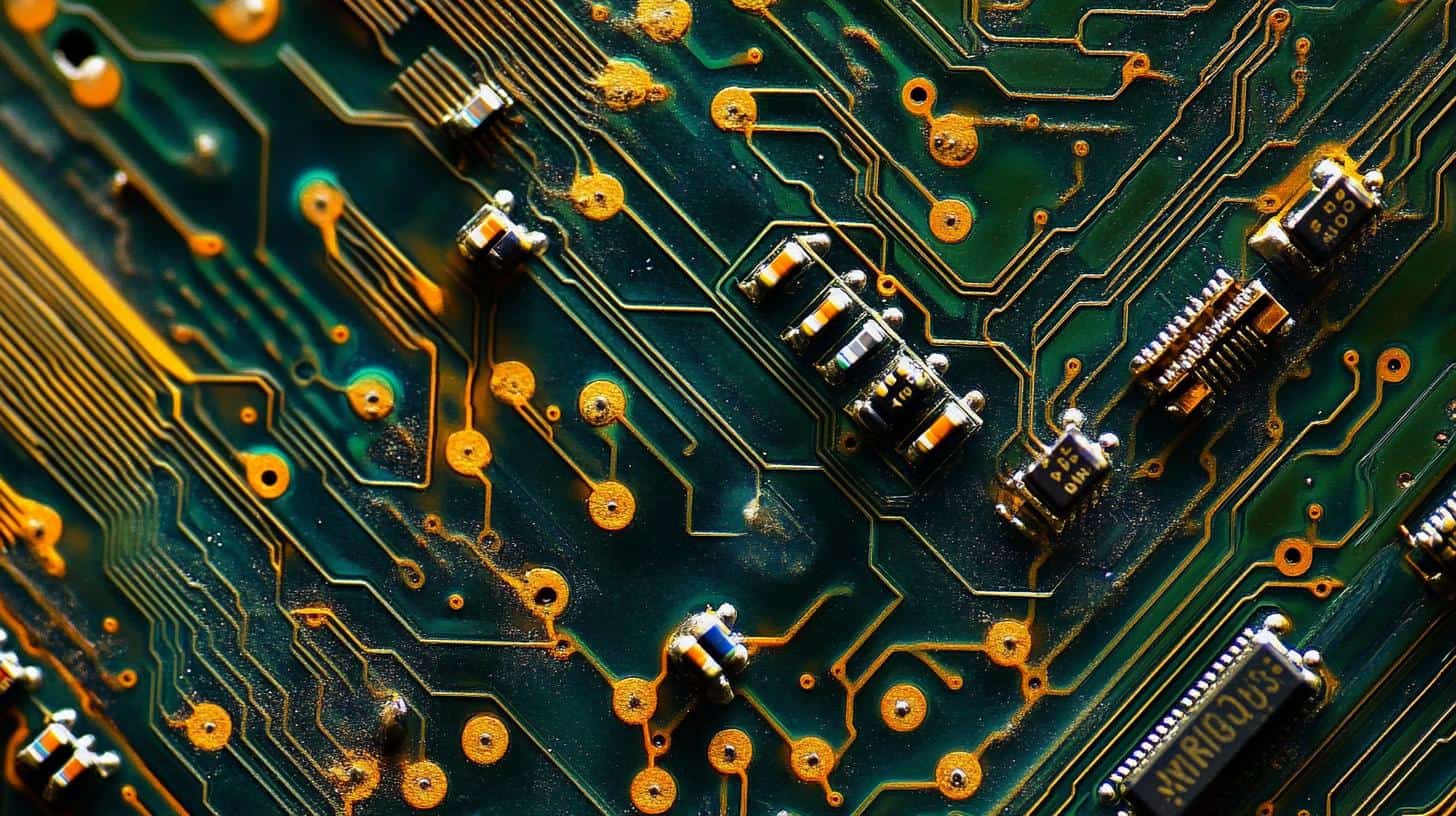ASML has begun shipping its groundbreaking equipment intended for manufacturing 1 nm chips, marking a significant advance in semiconductor technology. This development prompts a deeper inquiry: how small can we go before hitting a fundamental barrier, particularly in industries like smartphones? The answer involves more depth than a straightforward yes or no.
Rethinking Moore’s Law
Gordon Moore’s famous prediction, which anticipated the doubling of transistors on microchips approximately every two years, has driven technological growth for decades. However, with the focus on shrinking chip size, manufacturing costs are rising and yield rates are declining. An example is Samsung Foundry’s challenges, with recent yield rates dipping to 10% for their planned 1.4 nm chips by 2027.
The Myth of Chip Measurements
While 3 nm chips have recently debuted in flagship phones, these size labels have evolved into marketing tools rather than precise indicators of progress. The measurements, initially tied to the physical size of transistors, have become less literal over time. Today, they primarily communicate innovation rather than true dimensions.
The Limits of Physics
Quantum phenomena, like Heisenberg’s Uncertainty Principle, introduce daunting challenges at atomic scales, potentially setting a boundary for how small we can feasibly engineer chips. As chip sizes approach 1 nm and beyond, unprecedented hurdles related to quantum uncertainty may arise.
Looking Forward
Despite the imminent physical limits, technological ingenuity may spur breakthroughs, enabling further miniaturization of chips. While 1 nm chips are not the ultimate halting point, the pace of innovation might slow, calling for novel solutions and possibly radical technological advancements in the near future.
The Hidden Dimensions of 1 nm Chips: Beyond the Surface of Innovation
As ASML commences shipping its revolutionary 1 nm chip manufacturing equipment, the semiconductor industry stands on the cusp of a transformative era. But beneath the surface of these advances lies a complex interplay of opportunities and challenges that ripple through economies and cultures worldwide.
Impact on Global Economies and Markets
The race to manufacture smaller chips is not merely a technological pursuit but also an economic one. Countries investing heavily in semiconductor research and manufacturing, such as the USA, China, and South Korea, vie for leadership in a sector key to numerous industries including consumer electronics, automotive, and artificial intelligence. The ability to produce 1 nm chips could consolidate market dominance, stimulate economic growth, and create numerous high-skilled jobs, reshaping the global economic landscape.
Social and Ethical Dimensions
As semiconductors become more powerful and pervasive, ethical considerations around data privacy and surveillance become increasingly pressing. Hardware advancements enable more extensive data collection and processing, raising concerns about privacy rights and the potential misuse of technology. With more capable chips, devices could perform advanced algorithms potentially affecting areas such as facial recognition and predictive policing, sparking debates about oversight, regulation, and the societal impact of ubiquitous computing.
Controversy Over Global Supply Chains
While the ability to produce cutting-edge technology is beneficial for regions with established semiconductor industries, it also exacerbates geopolitical tensions over supply chains. Nations may seek to become more self-sufficient, or conversely, attempt to monopolize certain technologies. This situation is particularly contentious for countries reliant on external sources for chip manufacturing, highlighting vulnerabilities in global trade networks.
Practical Limitations and Innovations
With industry giants striving to go ever smaller, questions arise about where the practical benefits plateau. Can we continue to achieve performance gains that justify the substantial increases in research and production costs? As the industry faces these technical impasses, innovation might shift towards alternative computing paradigms, such as quantum computing and neuromorphic chips, which aim to overcome these limitations differently.
Advantages and Disadvantages
Advantages:
– Increased Device Performance: Smaller chips often translate to faster and more efficient devices with longer battery life.
– Economic Growth: Leadership in semiconductor technology could lead to job creation and technological prestige.
– Technological Innovation: Pushing the boundaries leads to novel technologies and applications across multiple sectors.
Disadvantages:
– Escalating Costs: The cost of developing the infrastructure for these advanced chips may become prohibitively expensive.
– Quantum Barriers: Physical limits may mean there are diminishing returns on investment as quantum effects disrupt traditional semiconductor behavior.
– Ethical Challenges: Increased computation power raises issues concerning privacy, surveillance, and the ethical use of such technologies.
Asking the Essential Questions
Will the trend of miniaturization continue to drive innovation, or will we pivot towards new frontiers? Can countries align on ethical standards and regulations to ensure technology benefits all of humanity equitably? These questions resonate deeply, calling for collaborative dialogue between technologists, policymakers, and society at large.
For further exploration into the evolving world of semiconductors and technological advancements, visit Semiconductors and IEEE.







